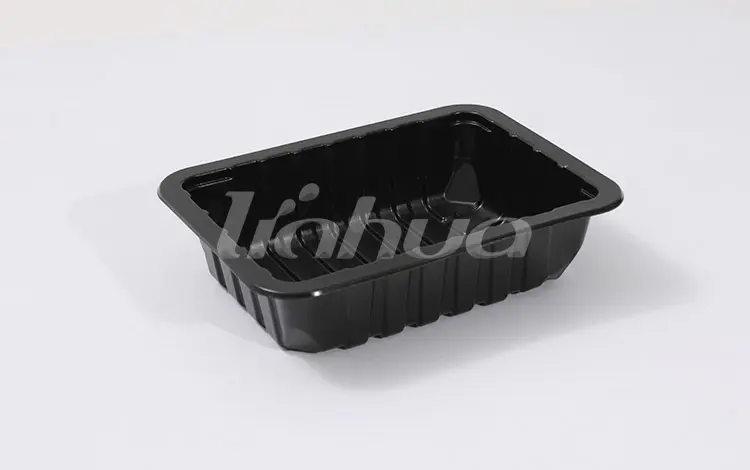EVOH Trays are a great alternative for shelf-stable food packaging
EVOH Trays are a great alternative for shelf-stable food packaging. They offer maximum protection against oxygen, gas, and chemical agents. They are ideal for the packaging of shelf-stable food products like dairy products, meats, vegetables, fruits, cereals, and more. They are also suitable for use in aseptic filling processes, demanding sterilization, and shelf-life extension.
EVOH is a thermoplastic polymer that contains monomer units of ethylene. This material has good water resistance and resistance to organic solvents. It is also nontoxic and tasteless. It has good mechanical properties and is processable. However, it is not recyclable. It is widely used in the food packaging industry. It is often used in flexible packaging as the middle barrier layer in a composite film. It is also used in the packaging of a wide range of industrial chemicals. The most common applications of EVOH in food packaging are in packaging of meat, dairy products, vegetables, fruits, cereals, and beverages.
EVOH Trays are a popular choice for many applications. In addition to its excellent gas and moisture barrier properties, EVOH has excellent mechanical properties, making it a suitable material for the packaging of shelf-stable food. It also has good processability, which allows it to be produced in a variety of shapes and thicknesses. EVOH is suitable for use in both aseptic and non-aseptic packaging processes. It is also resistant to external agents, making it suitable for aseptic filling processes and demanding sterilization. In addition to its excellent barrier properties, EVOH is nontoxic and has a high degree of weatherability. This makes it suitable for packaging of oily goods.
Trays made of flexible EVOH/PE and flexible EVOH/APET/PE multilayers were investigated. The thickness of the EVOH layer in these materials was measured at various locations, including five areas perpendicular to the extrusion direction. The average layer thickness was 1.1 um +- 0.1 um (H1) for the thinned wall of the tray, 2.5 um +- 0.3 um (H1) for the edges, and 1.4 um +- 0.3 um (H1) in the middle. The overall layer thickness was measured at ten locations per film. The measured thickness distribution was plotted as a profile from the center of the bottom of the tray.
The measured thickness distribution was compared to the expected values for each layer. The average EVOH% was determined for each location. The average values for the EVOH% in the different locations were then compared to the initial EVOH% in the sheets. The average EVOH% in the trays remained about the same as the global thickness. The OTR of these trays was found to be better than predicted values. However, the OTR for the flexible PA/PE material was lower than expected. The OTR was estimated to be 1.0 +- 0.1 cc per package per day per atm. Similarly, the OTR for the PS/EVOH/PE multilayer was 0.5 +- 0.1 cc per package/day per atm.
The barrier properties of multilayers are dependent on the thickness of the sandwich layer. For example, in a thin 50-mm APET/PE/EVOH/PE tray, the OTR was estimated to be 0.5 +- 0.1 cc/package/day per atm. For a 50-mm PS/EVOH/PE tray, the OTR is estimated to be 1.0 +- 0.1 +- 0.03 cc/package per day per atm.

MAP TRAY (Modified Atmosphere Packaging), just as its name implies, refers to the technology that artificially controls the proportion of gases (oxygen, carbon dioxide, nitrogen etc.) in the package to extend the shelf-life.

Post Comment